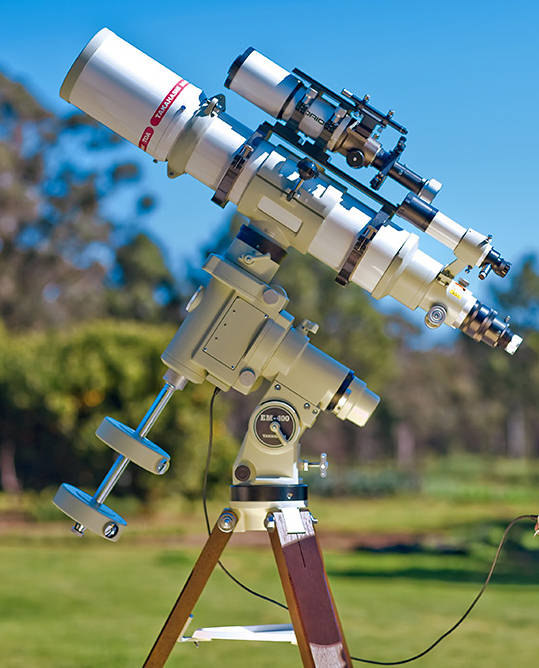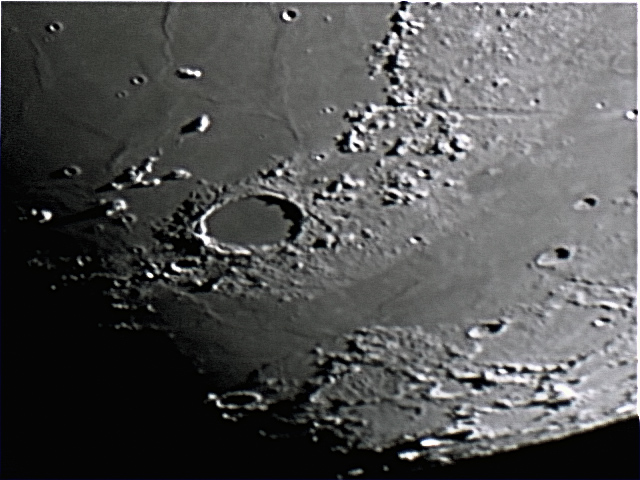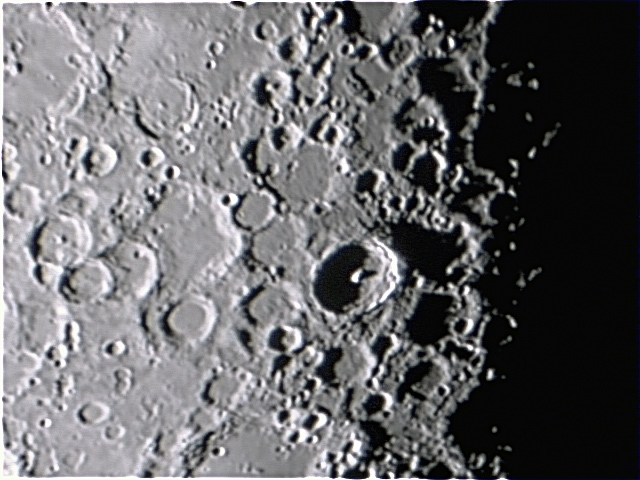Re: The Tarantula.
Thx RB, wow you got back quick I tend to skim over some posts to quick and assumed you were talking about your setup no being able to capture what Olympus had asked. How you can get some awesome images in your backyard it through me for a loop that we dont have the tech to get those moon pics. "Dont get me wrong your a pro". I will look into those sights thx again, and il will follow that forum as im sure im not the only noob?:thinking:
I tend to skim over some posts to quick and assumed you were talking about your setup no being able to capture what Olympus had asked. How you can get some awesome images in your backyard it through me for a loop that we dont have the tech to get those moon pics. "Dont get me wrong your a pro". I will look into those sights thx again, and il will follow that forum as im sure im not the only noob?:thinking:
Thx RB, wow you got back quick










